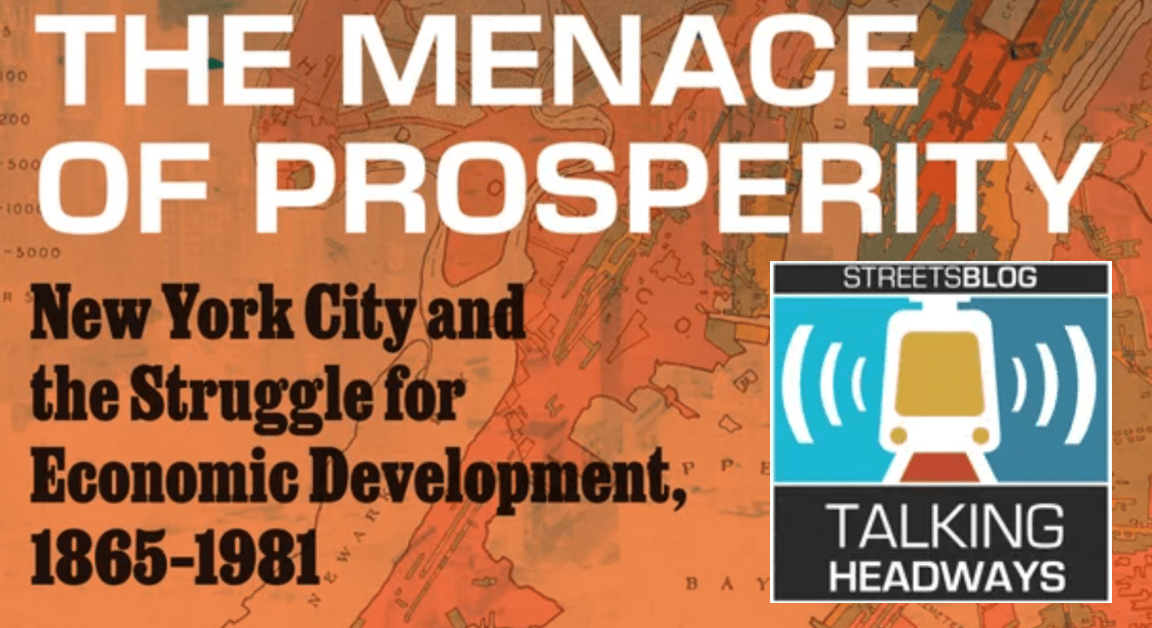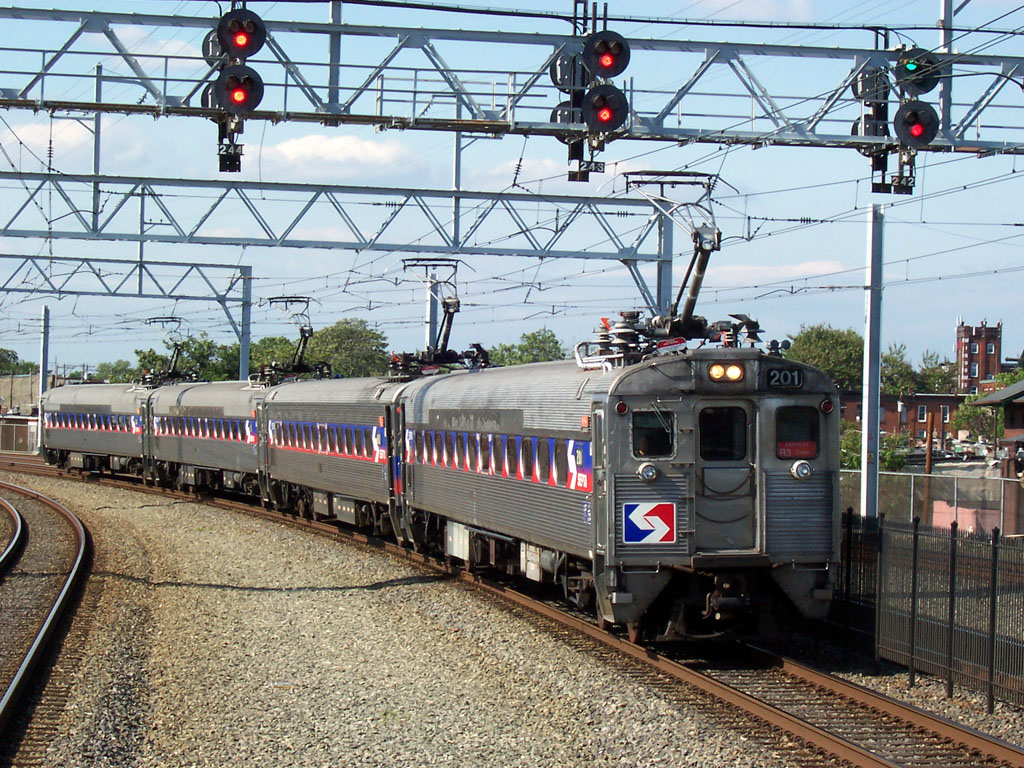Transportation for America came out with a new report yesterday on the state of America's bridges [PDF] -- and the news isn't good.
In the country's 102 largest metro areas, one in nine bridges is structurally deficient. That translates into more than 18,000 precarious structures. Americans drive over bridges in need of repair, replacement or maintenance about 210 million times daily, according to the report. In California alone, that translates into 396 people every second. Put another way, each day the volume of travelers who use deficient bridges in the United States far outnumbers the customers served by McDonald's worldwide.
Reconnecting America summarized the findings in a recent post:
"The impact of a failure to attend to our bridges became all too clear in September, 2011, when the governors of Kentucky and Indiana were forced to close the busy Sherman Minton Bridge in metropolitan Louisville after inspectors found cracks in its structural beams. The closure made national headlines as Louisville traffic was snarled and millions of Americans wondered about the condition of the busy bridges they have to cross each day," the report notes. "With the majority of American bridges soon due for major maintenance, overhaul or replacement, scenarios such as this could begin playing out with increasing frequency absent concerted effort and investment."
California leads the nation with the busiest deficient bridges, taking several top spots when ranking metros. The daily volume in Los Angeles was more than double that of second place New York.
"As an increasing number of our bridges reach – and pass – their original design life spans, repairing the nation’s biggest and busiest bridges will require a national strategy that is not possible under a program where money is distributed to states by formula with little accountability," the report notes.
Left to their own devices, many states plow resources into sprawl-inducing road expansions while leaving the maintenance of existing structures untended.
T4A issued these recommendations for policy makers:
- prohibiting money designated from repairs from being used for other purposes
- requiring states to develop asset management plans
- allowing local governments greater flexibility in the use of federal funds, among other things.
Elsewhere on the Network today: Bike Delaware sets out to determine whether cyclists are really more likely to break traffic laws than motorists. Stop and Move reports that, despite recent political attacks, Amtrak California is breaking ridership records. And Radials Blog examines conceptions of race and urbanism in American pop culture, through the prism of the Cosby Show.






